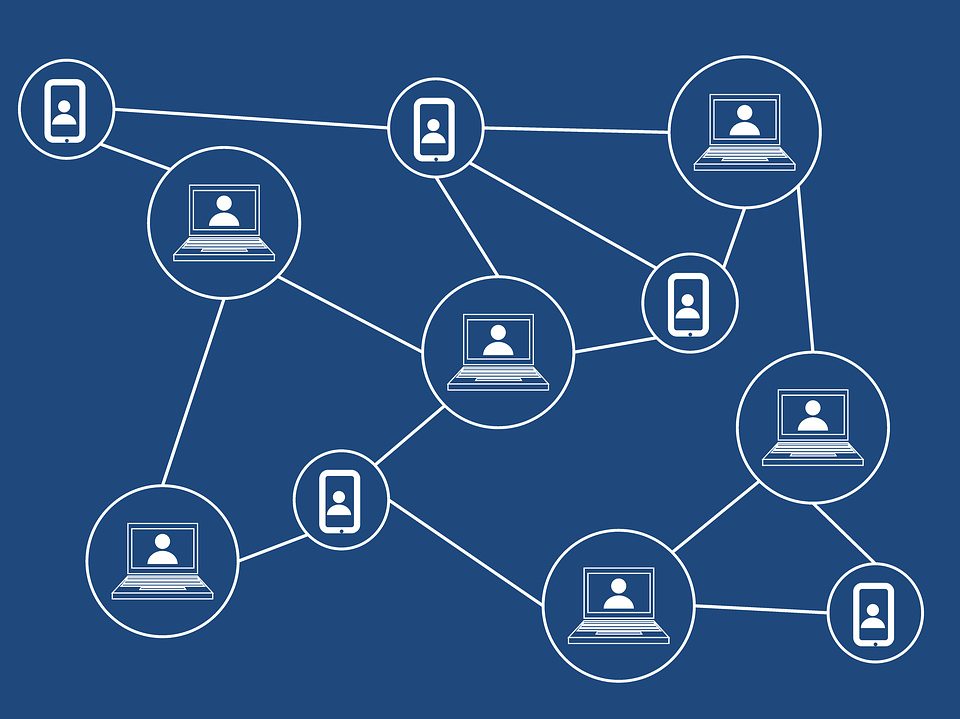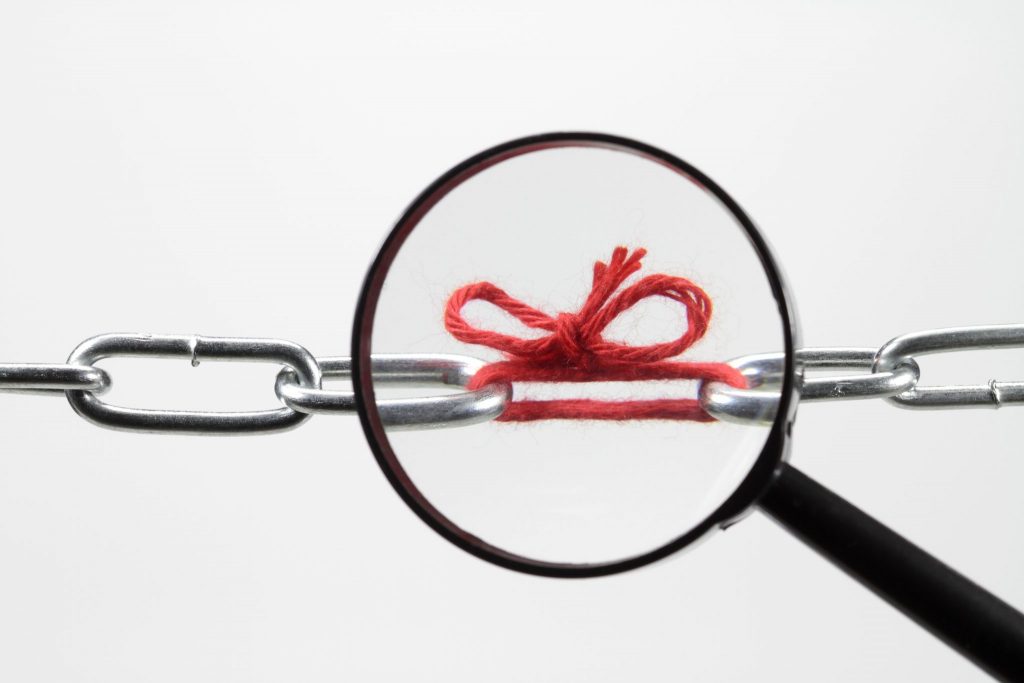In what seems like the blink of an eye, blockchain has become one of the most talked about technologies in the IT world. From a mere concept just a few years ago, blockchain technology is already being used by companies in large-scale industrial implementations. Although the technology itself is revolutionary, there are certain blockchain limitations that have cropped up. These blockchain limitations don’t make the technology less revolutionary, but they have raised questions about its efficiency and reliability.
For the uninitiated, blockchain technology is a chain of “blocks” that contain data. It is a distributed database system that accommodates a continuously growing list of immutable blocks. Blockchain allows consumers and suppliers to have a transparent mode of communication and transaction to connect directly without the need of middlemen.
Blockchain technology has already spread its roots in various industries and domains including asset management, retail, monetary-use cases, digital currencies, e-contracts, decentralized exchanges, and more. However, like every other technology, blockchain isn’t perfect. There are certain implementational, operational, and maintenance-related barriers that limit the effectiveness of blockchain technology. Here are some current issues that clearly point to blockchain limitations:
It all comes down to performance
Being distributed in nature, blockchain technology will always be slower than centralized databases. Whenever a new block gets added to the blockchain, it has to carry out all the processes that a regular database does. However, it also has to carry out additional processes that affect its performance. Here are a few of those processes:
Signature verification
Every blockchain transaction must be digitally signed and verified using a public or private key cryptography scheme. This signature verification process is very complex to compute and this consumes time.
Redundancy
In a blockchain network, for every node to be processed, it has to traverse and process every intermediate node independently to reach the target node. In contrast, a centralized database system can processes nodes in parallel without any dependencies from the other nodes. Thus, the redundancy involved in blockchain technology affects its performance.
Attaining consensus
In a decentralized technology like blockchain, every transaction made must ensure that every block in the blockchain network must reach a common consensus. Depending on the network size and the number of blocks or nodes involved in a blockchain, the back-and-forth communications involved to attain a consensus can consume a considerable amount of time and resources.
Complexity
Being a nascent technology, blockchain involves a lot of new, processes and highly specialized terms and technologies. Blockchain has made cryptography and decentralization more mainstream, adding on to its implementational complexities. Blockchain involves various challenges in its functionality such as transactional speeds, verification process, and data limitations.
Another complexity of the blockchain technology is its network size. Like all other distributed systems, blockchain is not 100 percent resistant against bad actors who can corrupt the network. For the blockchain to remain stable and to avoid corruption in a network, it needs a huge set of users and nodes connected with a robust network.
Energy and resource consumption
A blockchain network grows at an unprecedented pace, which will consume heavy resources. Every block in a blockchain network needs to be thoroughly validated and mined by the miners. As the blockchain network grows, the miners need to validate the blocks in a network also needs to be increased. Every miner needs a supercomputer or similarly powerful hardware resources to mine the blockchain. All these entail heavy energy consumption.
Security flaws
With the growing number of nodes or blocks in a blockchain technology, the vulnerabilities associated with the entire blockchain also increases. Among all the possible security flaws that can affect the blockchain network, there is one unavoidable security flaw. If more than half of the computers working as nodes in a blockchain network validates something then that’s considered to be true. Do it follows that if more than half the nodes in a network tell a lie, then the lie will be considered as truth by the entire blockchain network. This is known as the 51 percent attack, which is an unavoidable security flaw in blockchain and its applications and may well be the most serious of all the blockchain limitations.

Human error is also a very common means of system failures. This applies even to blockchain technology. The blockchain as a whole can be considered to be a database, and every block can be considered a storage container, but still the data that goes into the blockchain network is fed by humans. This data needs to be of good quality as there is no practical mechanism that monitors the data that is being transmitted in a blockchain network. The data stored in a blockchain is not inherently trustworthy and can contaminate the data of the entire network.
Limited scalability and storage issues
As mentioned above, blockchains have consensus mechanisms that make it mandatory for every participating node to verify a transaction. This limits the number of transactions that can be made in a given time. Although there are solutions such as distributed ledger technology (DLT) to increase the number of transactions that can be made per second, there has to be a limit on the rate of transactions made in a blockchain network. Because a blockchain is an immutable distributed chain of blocks, the size of the blockchain grows at a very rapid pace, and this can cause serious storage concerns.
Blockchain limitations: They can be solved
Blockchain is undeniably a potential technology that can transform the IT world. However, there are barriers that are preventing us from getting the most of it. Once these issues, complexities, and other blockchain limitations are solved, we will see an unprecedented change in the way global technology works.
Featured image: Shutterstock




Thanks for sharing your valuable information. Its really very helpful, Blockchains require a large network of users. If a blockchain does not hold a robust network with a widely distributed grid of nodes, it becomes more difficult to reap the full benefit.